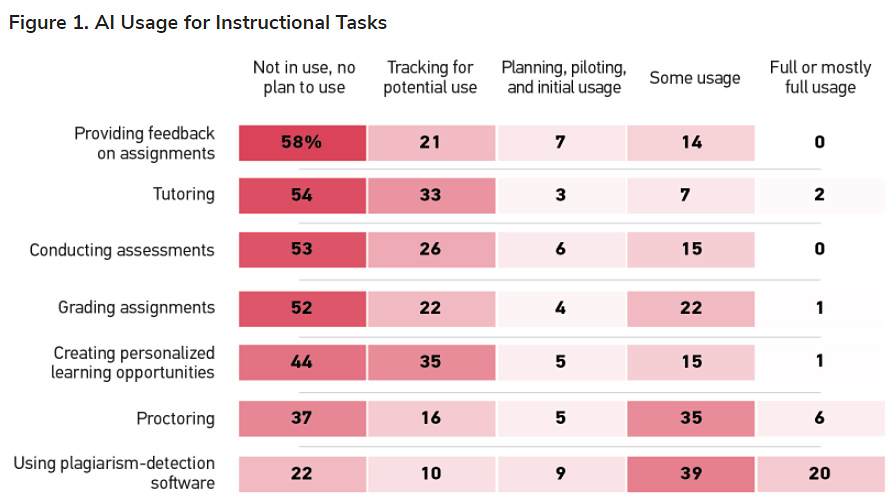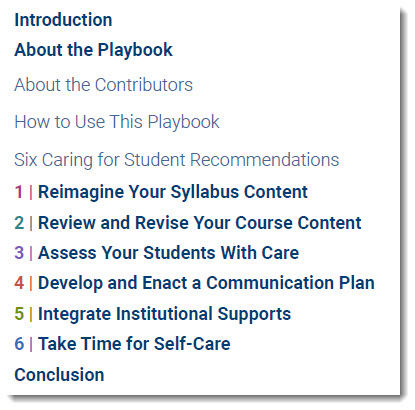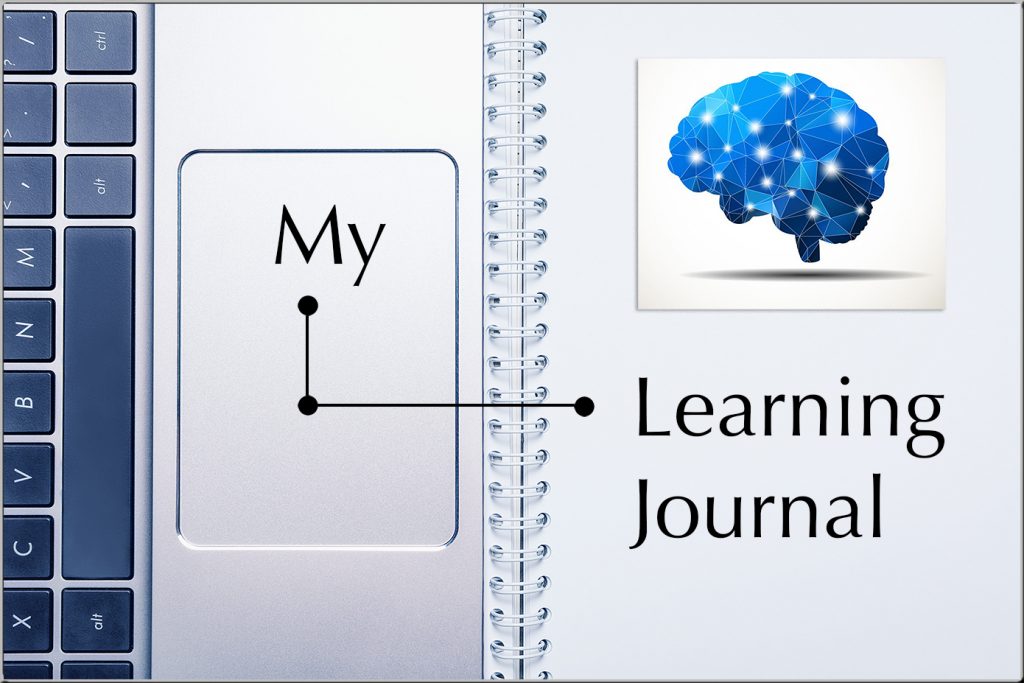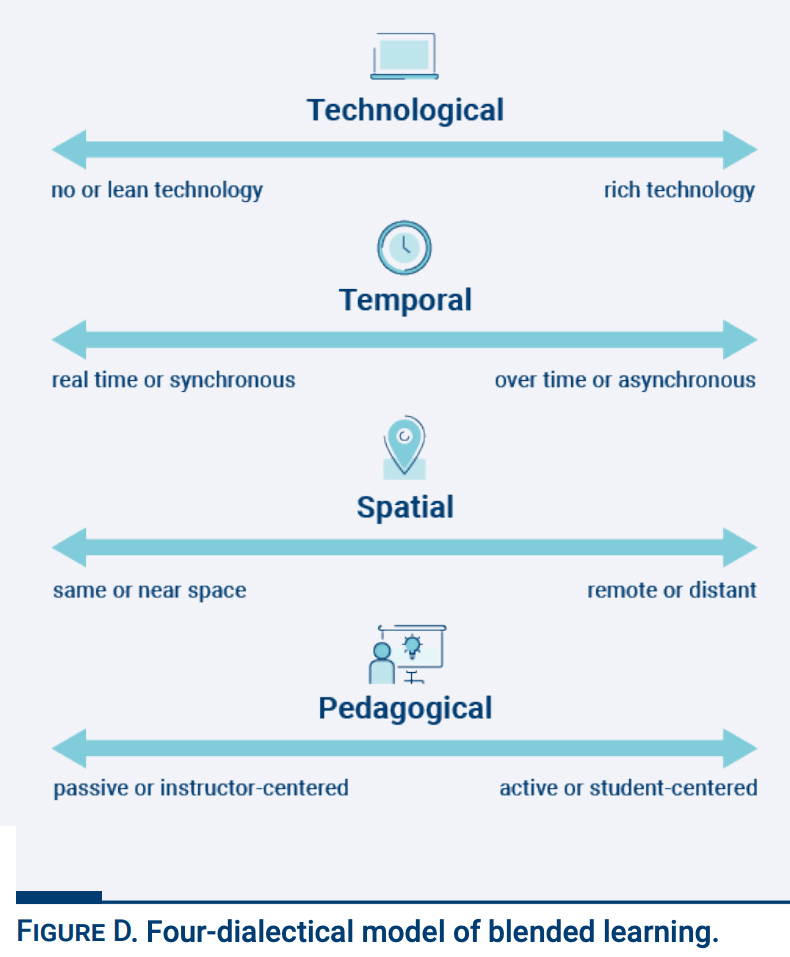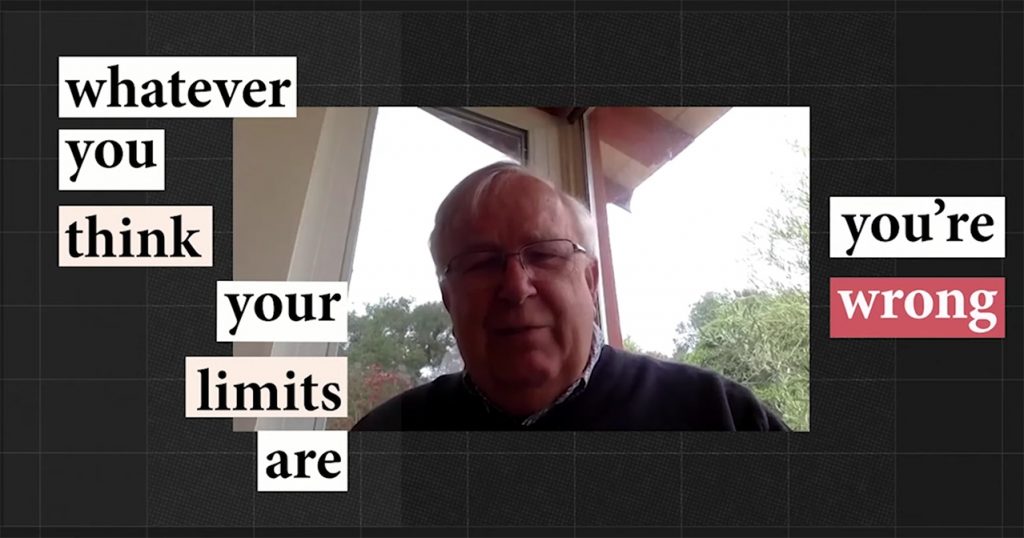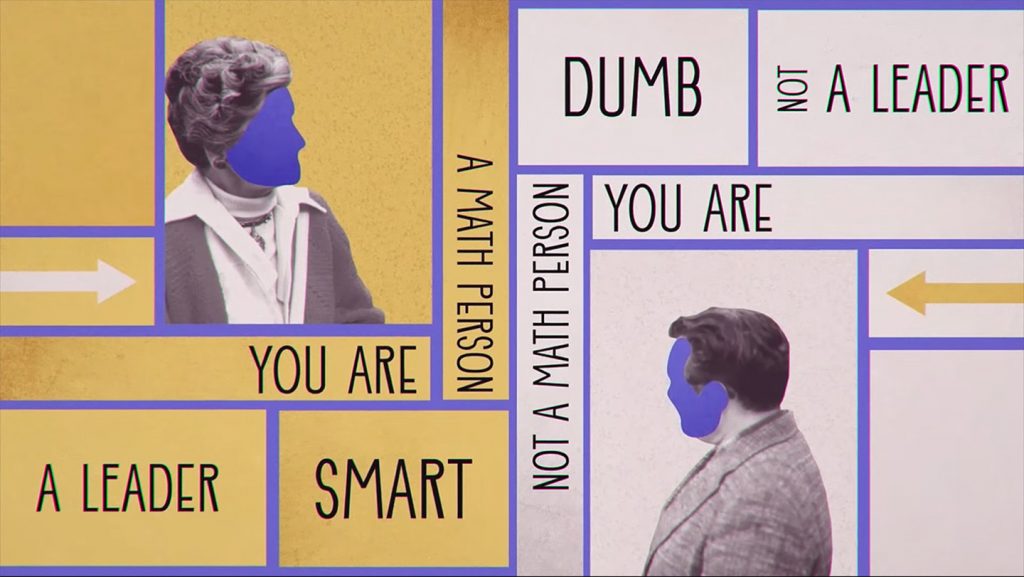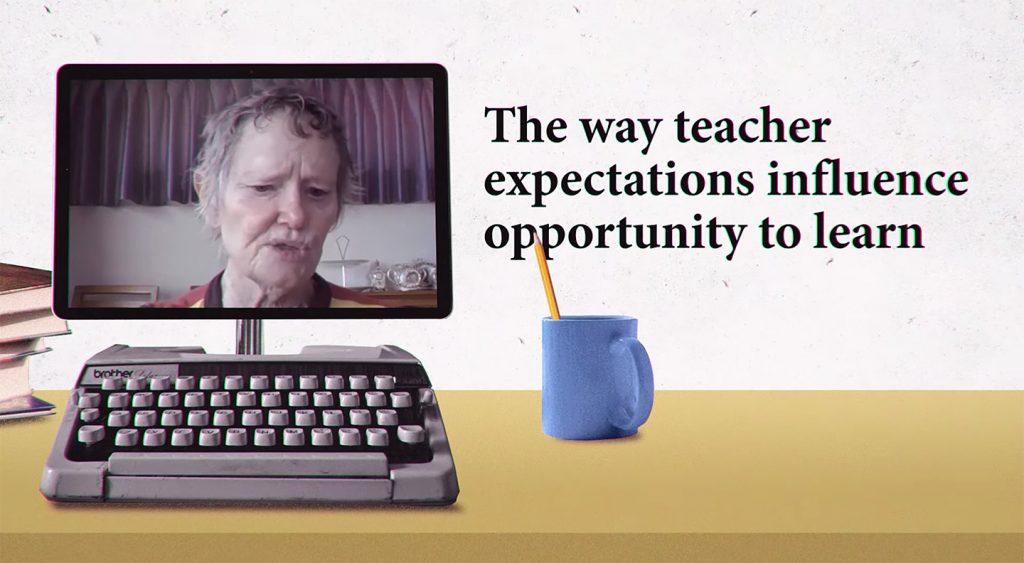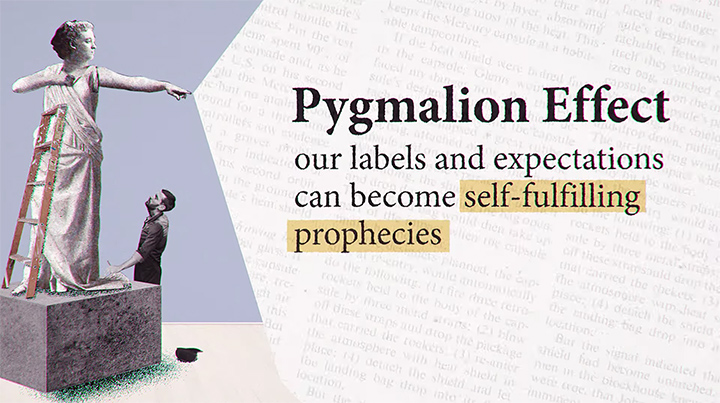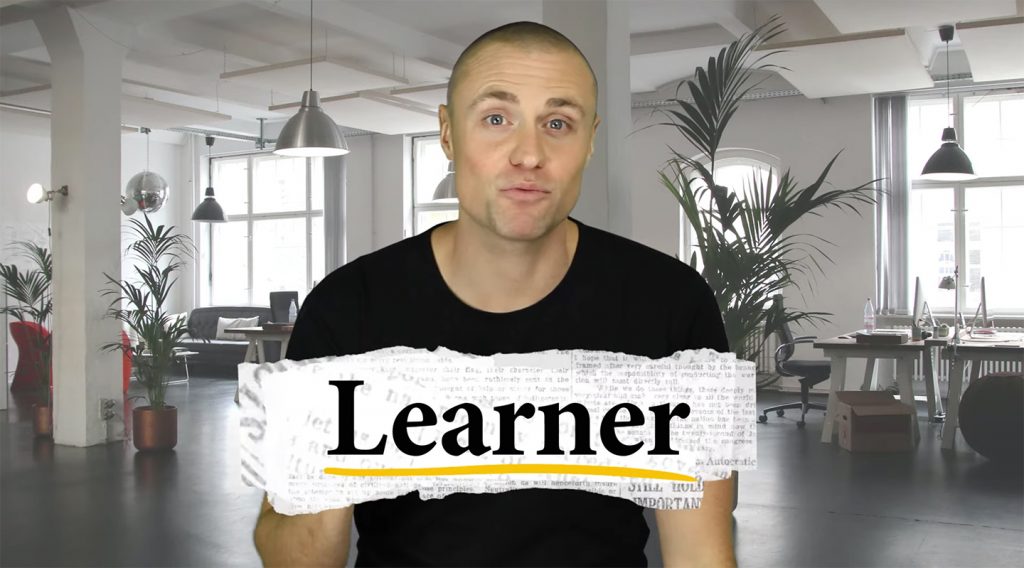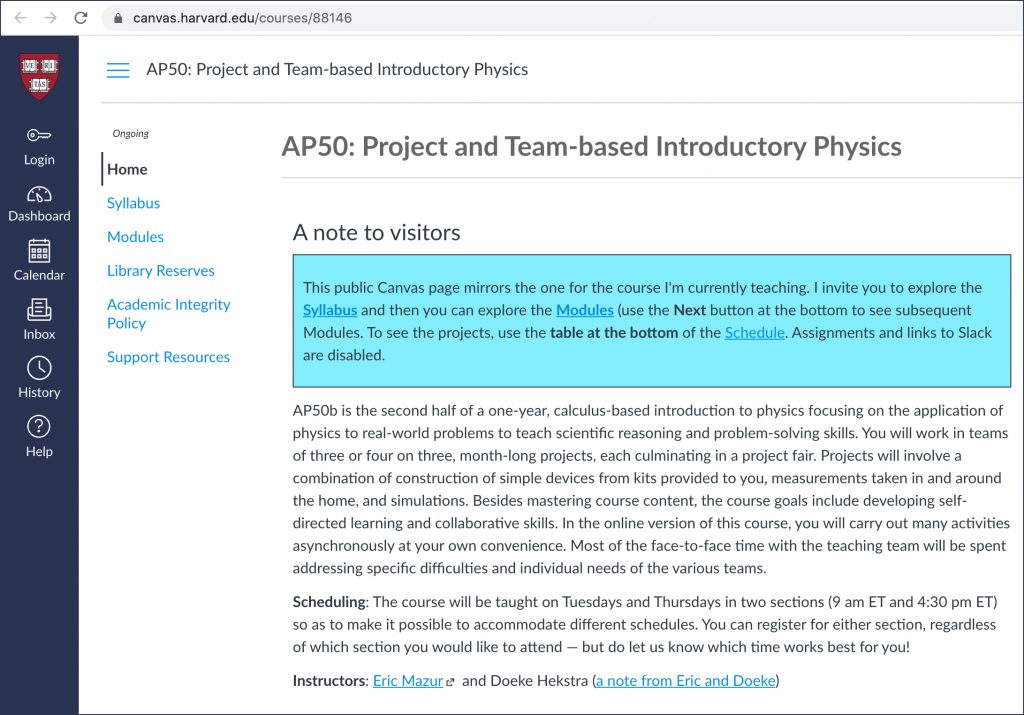EDUCAUSE QuickPoll Results: Artificial Intelligence Use in Higher Education — from educause.edu by Christopher Brooks
Despite the visibility and energy surrounding artificial intelligence, higher education is taking measured steps toward incorporating this technology.
Excerpt:
We are on the verge of peak hype about how artificial intelligence (AI) can (and will) transform our lives. No fewer than seven emerging AI technologies were prominently featured on “The Gartner Hype Cycle for Emerging Technologies, 2020.” Several technologies on EDUCAUSE’s “The Top 10 Strategic Technologies for 2020” explicitly incorporate or are reliant on AI. And while AI might seem to be a technology in search of a campus, some promising applications have been emerging in domains such as teaching and learning, student success, and accessibility. But how widespread is the use of AI in higher education today? In this QuickPoll, we operationalized Elana Zeide’s categories of AI applications in higher education to better understand how and how widely AI is being used for institutional tasks, student success and support tasks, and instructional tasks.
AI is not going to replace instructors anytime soon.









